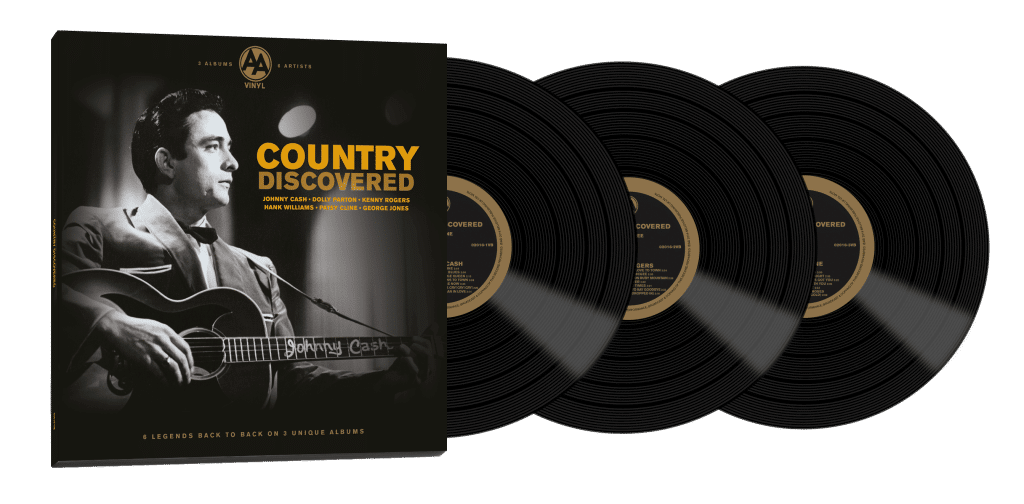
COUNTRY DISCOVERED
Country music originated in the Southern states of America in the 1920s. It was the music of white, working class, often rural Americans and as such took its influences from folk, western music, and the folk music styles of the country’s many immigrants, most notably Irish and Celtic settlers. Until the 1950s, country music was a genre in search of a much better title. In the 1930s what we would recognise as country music today was often termed ‘hillbilly music’ but by the end of that decade the term was considered derogatory. As America entered the fifties it seemed that the term ‘folk’ would be adopted but Pete Seeger, then lead signer with the band the Weavers and a self-confessed folk singer was called to Senator Joe McCarthy’s Senate Hearings in 1952 to account for his apparent communist sympathies record companies couldn’t disassociate themselves from the label fast enough, adopting the term ‘country’. Since that time, country music has grown and developed as all genres must do if they are to survive and there are numerous sub genres including Honky Tonk Country, Countrypolitan, Outlaw Country, and Country Pop.
Popular in the 1950s, Honky Tonk is a gritty, upbeat sound with a crisp backbeat and a full rhythm section playing a two-beat rhythm. It usually features guitar, fiddle, string bass and steel guitar. This style can be heard in the music of Hank Williams. In the 1960s, country music took on a lusher, more sumptuous feel influenced by the hugely successful Nashville Sound. Seeking to widen the audience for country music, the smooth sounds of Countrypolitan feature string arrangements, orchestras and choirs delivering backing vocals. Examples of this rich, sophisticated sound can be heard in in the work of Patsy Cline and George Jones. Tired of the strictures placed on them by increasingly powerful and controlling record labels, by the 1970s a group of country musicians rebelled and Outlaw Country was born. As the seventies dawned, musicians spearheaded by the likes of Waylon Jennings and Willie Nelson sought to take back control of their music, their songs, and whom they hired to record with them. This gave rise to music that was more experimental and that blended rock and folk rhythms with country music instrumentation. Lyrics are introspective and/or socially aware in content. Johnny Cash took the Outlaw route with huge success. By the 1980s, the Outlaw movement gave way to the crossover subgenre of Country Pop. This can be seen as a continuation of the Countrypolitan project to widen the appeal of country music in order to attract new audiences. Country Pop songs are structurally more like standard pop songs with a country flavor. Artists producing music in this category include Dolly Parton and Kenny Rogers. This collection is the ideal starting place to discover your kind of country music.

